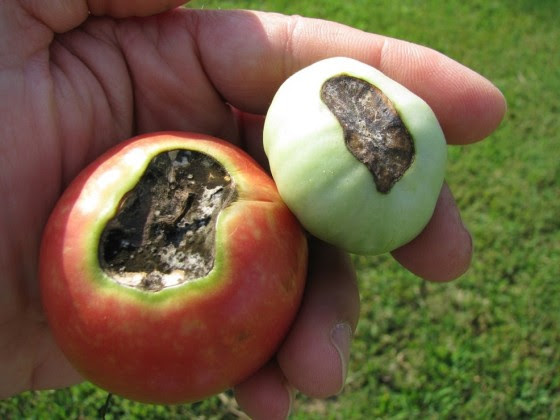
Article by Haiying Tao, PhD, UConn Assistant Professor, Soil Fertility & Health
While we all are aware that the big three, nitrogen (N), phosphorus (P) and potassium (K) are needed for healthy plants, many of us don’t give much thought to the dozen or so trace elements that while needed in tiny quantities are also vital to good plant growth. One of them is chloride (Cl) which is needed for photosynthesis in plants. Cl is an essential anion in maintaining electoral balance in tonoplasts and cell turgor in stomates, which is important in nutrient uptake, storage, relocation, as well as water uptake. It is needed for the synthesis of proteins and growth regulators. Cl is also important in enzyme activities, lodging prevention in wheat, disease suppression, and physiological leaf spot control in cereal crops. Sufficient Cl availability can decrease the incidence of blossom-end rot and reduce injury of gold speck on tomato fruits.
The existence of Cl can impact plant nutrients uptake by interactive effects with other nutrients. There is an antagonism between Cl and nitrate (NO3–) in plants. The uptake of chloride is inhibited by nitrate, and vice versa. There are possible benefits of partial nitrate replacement in the root environment by an equivalent chloride content. For example, increasing the Cl:NO3– ratio in the nutrient solution can decrease the incidence of blossom-end rot in tomatoes.
More gardening resources are available on UConn Home & Garden Education Center webpage.